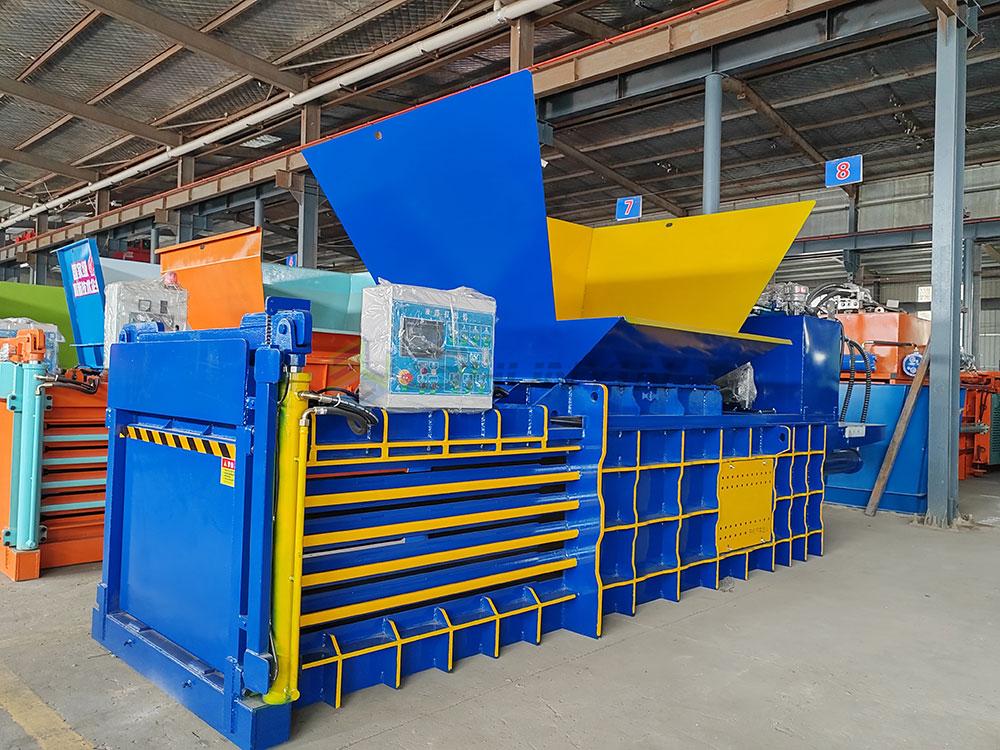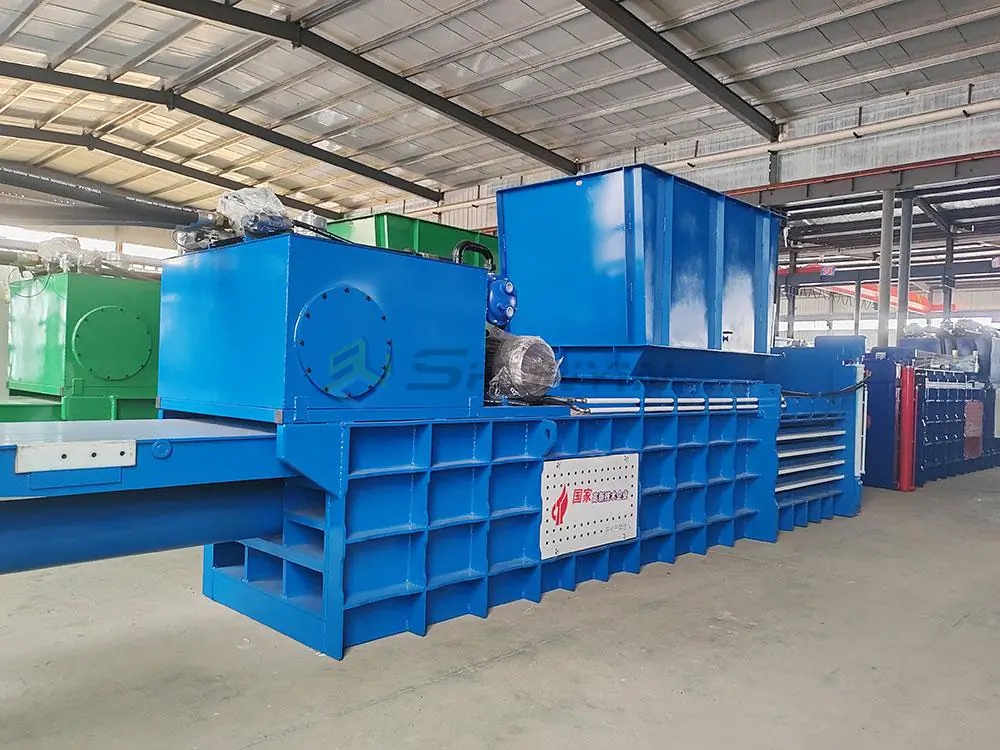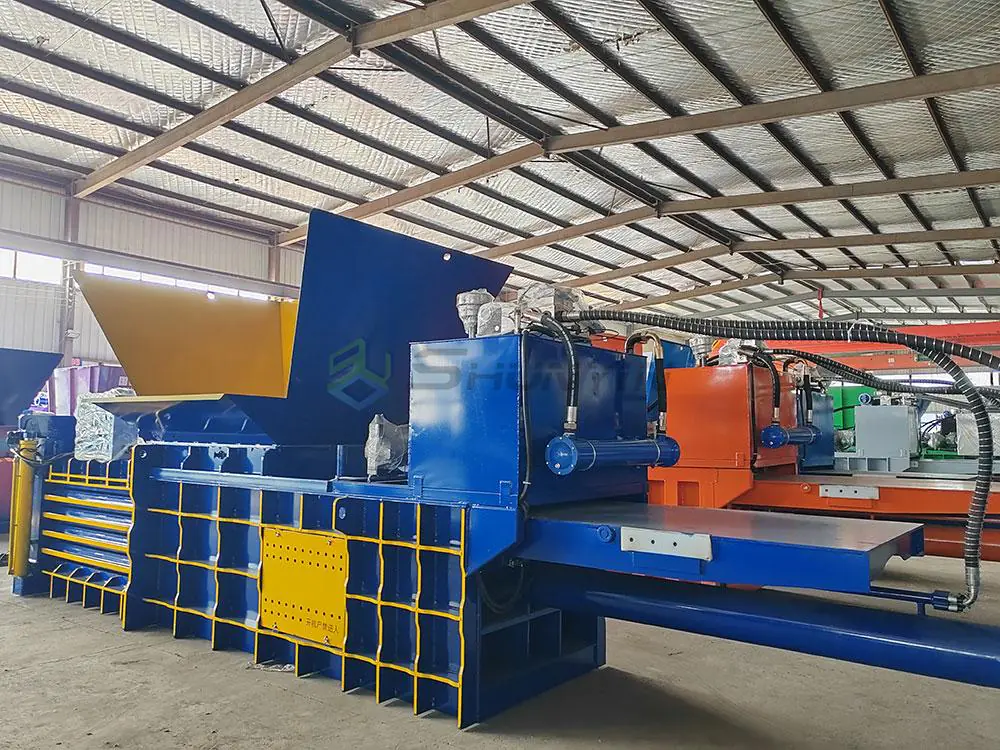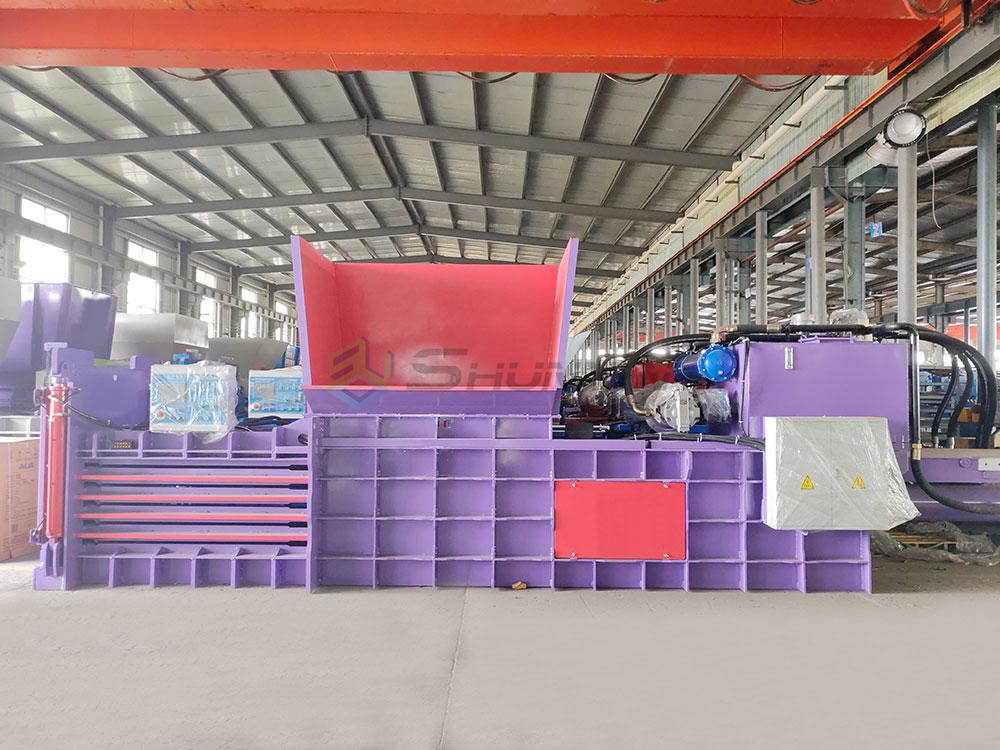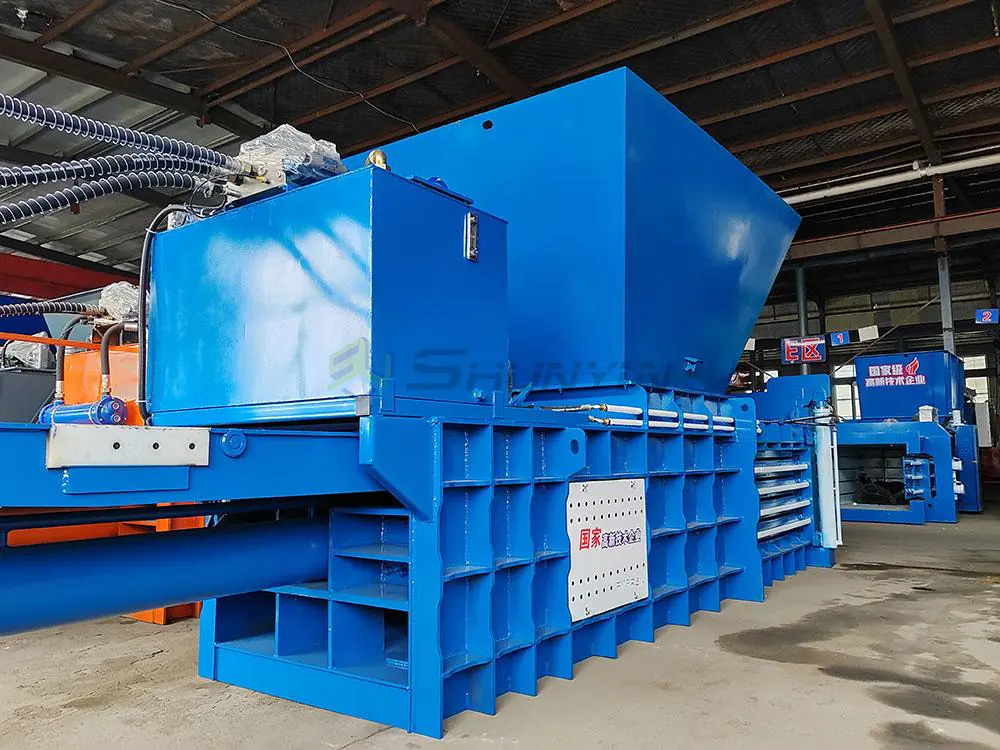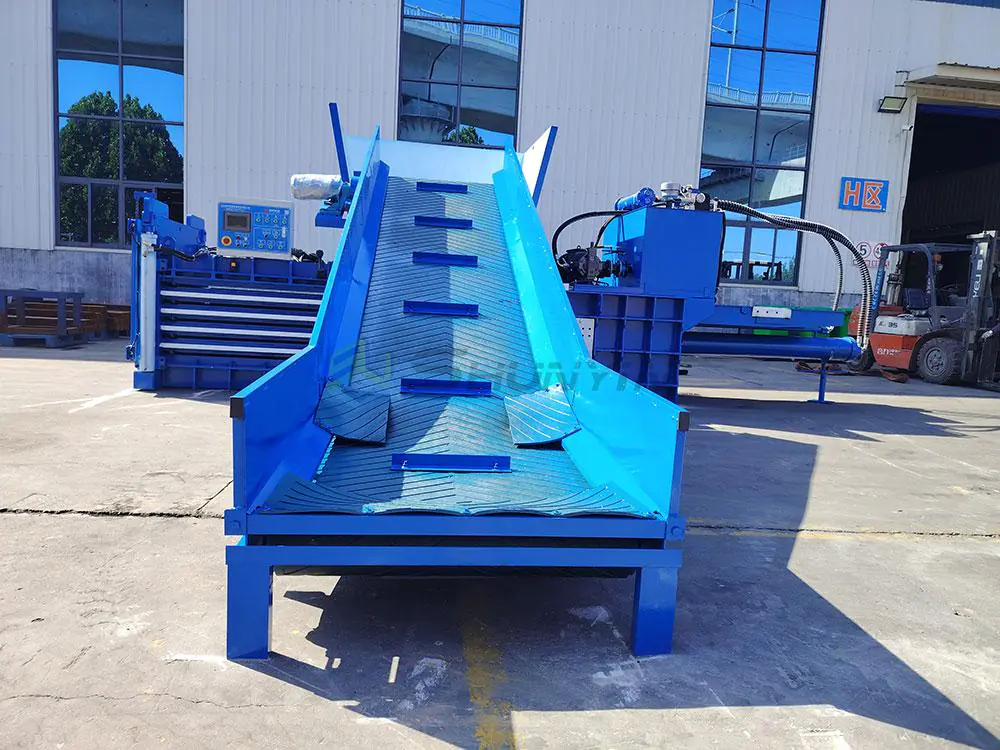
I watched a grocery chain’s compactor leak soggy cardboard last month – their $8,000 mistake stemmed from choosing the wrong machine. Let’s fix waste management properly this time.
Manage cardboard waste effectively by 1) Implementing daily collection schedules 2) Training staff on flattening techniques 3) Using compactor balers to compress material 4) Establishing relationships with recyclers 5) Tracking waste metrics. Regular auditing reduces cardboard waste by 38-55% in our client base.
Now that we’ve outlined core strategies, let’s explore the machinery that transforms cardboard piles into profit streams.
How do you manage cardboard waste?
A Singapore client reduced their monthly cardboard disposal from 18 dumpsters to 3 bales using our system. Here’s their proven workflow.
Effective cardboard management requires:
1) Designated collection zones with labeling
2) Pre-processing (removing tapes/staples)
3) Horizontal baler compression at 40-70 psi
4) Secure bale storage
5) Weekly recycling pickups

Cardboard Handling Cost Comparison
Our Philippine client’s results over 6 months:
| Process | Manual Handling | Baler System |
|---|---|---|
| Labor Hours | 120h/month | 45h/month |
| Storage Space | 300m² | 85m² |
| Monthly Revenue | $0 | $2,800 |
| Damage Rate | 7% | 0.5% |
| Moisture Loss | 22% | 8% |
The $32,000 baler paid for itself in 11 months through labor savings and cardboard sales. Key insight? Always process cardboard within 48 hours – moisture content impacts resale value by up to 40%.
How can waste management be improved?
When a Tokyo retailer redesigned their waste stations around balers, fire incidents dropped 80%. Here’s the blueprint.
Improve waste management by:
1) Conducting waste audits (track 15+ metrics)
2) Implementing color-coded bins
3) Installing sensor-based compaction systems
4) Training staff through gamification
5) Automating recycling payments

Waste Audit Essentials
Our standard audit template tracks:
| Metric | Optimization Target | Tool Used |
|---|---|---|
| Waste Composition | >65% recyclables | Manual sorting |
| Baling Frequency | 10-12 cycles/day | PLC monitoring |
| Material Degradation | <8% weekly | Moisture meters |
| Storage Efficiency | >3.5 bales/m² | Warehouse mapping |
| ROI Progress | 10-15% monthly growth | Financial software |
The Canadian client achieving 93% recycling rates uses our HD-45 baler with integrated weight tracking – real-time data cuts decision time by 70%.
What are the benefits of cardboard compactor?
A Dubai mall turned their cardboard waste into $1.2M annual revenue. Let’s unpack how compactors create value.
Cardboard compactors provide 6 core benefits:
1) 80-90% volume reduction
2) Cleaner facilities (65% fewer pests)
3) 12-28% higher recycling prices
4) Warehouse safety improvements
5) LEED certification points
6) Transportation cost savings

Compactor ROI Calculator
Based on 100+ North American installations:
| Parameter | Value Range |
|---|---|
| Average Bale Weight | 450-800kg |
| Bale Value (OCC) | $80-$220/ton |
| Throughput Capacity | 1-5 tons/hour |
| Power Consumption | 12-35kW |
| ROI Period | 8-24 months |
Our Vietnam client’s 2-year results with BC-200 model:
• 3,240 bales produced
• $294,000 revenue generated
• $78,000 saved in disposal costs
• 4 warehouse staff reassigned to value-added tasks
What is compactor in solid waste management?
When Manila’s landfill fees tripled, our compactors kept a packaging factory profitable. Here’s their strategic shift.
Solid waste compactors are heavy-duty machines that reduce trash volume by 75-85% through hydraulic compression. Key applications include:
1) Municipal waste collection
2) Industrial manufacturing
3) Construction debris
4) Healthcare facilities
5) Airport operations

Compactor Technical Specifications
Comparing our SC (stationary) vs MC (mobile) series:
| Feature | SC-500 | MC-200 |
|---|---|---|
| Compression Force | 50 tons | 35 tons |
| Cycle Time | 90 sec | 120 sec |
| Power Source | Hydraulic | Electric |
| Container Size | 40yd³ | 30yd³ |
| Noise Level | 82 dB | 68 dB |
The MC series’ lower noise makes it ideal for hospitals and schools – our Japanese medical clients report 60% reduction in biohazard handling incidents.
Conclusion
Modern cardboard compactor balers1 transform waste management from cost center to profit generator. With proper machine selection and process optimization, businesses typically achieve 40-75% waste cost reduction within 18 months. Contact our experts for a free waste audit and customized baler recommendations.
-
Discover how cardboard compactor balers can significantly reduce waste and increase profitability for your business. ↩


